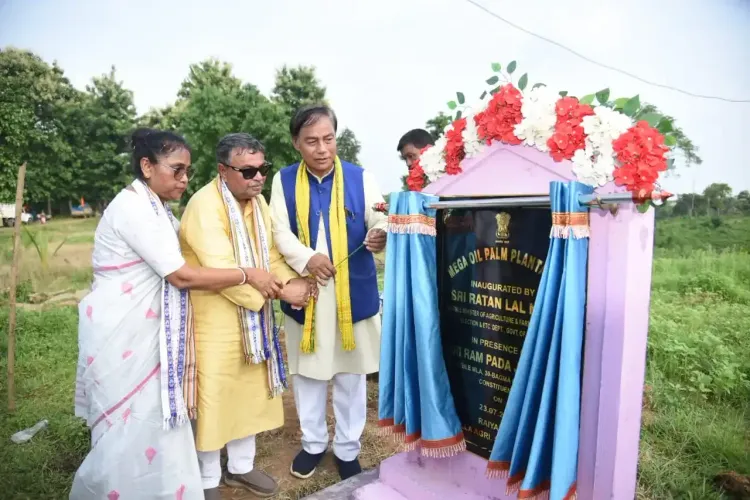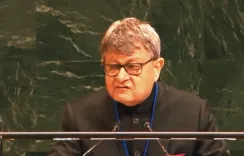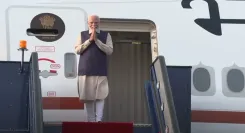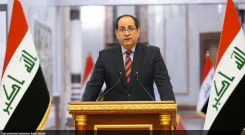Is Tripura Achieving Self-Sufficiency in Food Grain Production?

Synopsis
Key Takeaways
- 51% of Tripura's blocks are self-sufficient in food grain production.
- The state government is focused on boosting farmers' income.
- Approximately 70% of the population depends on agriculture for their livelihood.
- Investment in agricultural infrastructure is crucial for future growth.
- India is becoming a significant exporter of various agricultural products.
Agartala, July 23 (NationPress) More than 51 percent of the 58 blocks in Tripura have achieved self-sufficiency in food grain production, as stated by Agriculture and Farmers Welfare Minister Ratan Lal Nath on Wednesday. The Minister emphasized that the state’s Agriculture and Farmers Welfare Department is dedicated to boosting farmers' income and promoting self-reliance in food crop production. Currently, approximately 30 blocks out of the total 58 are self-sufficient in this regard.
While attending three events, including the launch of the Photamati Primary Rural Market, an oil palm plantation initiative at Raiyarbari, and a ginger processing center inaugurated by Khabakscha FPC in Roabari, Gomati District, Nath expressed that the state government aims to achieve self-sufficiency in food grain production.
He noted, “In our state, nearly 70 percent of the population relies directly or indirectly on agriculture for their livelihood. Hence, achieving self-reliance in this sector is crucial for the state’s advancement.” The Minister highlighted the necessity of enhancing agricultural infrastructure to realize this goal.
“With this vision, the current state government is actively working on improving the infrastructure of various markets. The Agriculture and Farmers Welfare Department devises specific proposals to enhance primary rural markets and regulated agricultural markets,” said the Agriculture Minister.
He further remarked that agriculture is the backbone of India. The Minister quoted Prime Minister Narendra Modi, who asserts that national development cannot occur without agricultural progress. PM Modi envisions India as the world’s granary. In the past, when the U.S. withheld rice and wheat, our people faced hunger; however, under PM Modi’s leadership, India has begun exporting food grains.
Agriculture encompasses more than just rice; it also includes fisheries, with the Animal Resource Development Department (ARDD) collaborating closely with agriculture. Nath indicated that fish from India is exported to China, Europe, America, Japan, and other regions.
According to him, India has also exported eggs to Oman, Arab nations, and Qatar. Milk has found its way to Arab countries, America, Singapore, and Bhutan. “We export paddy, wheat, sugar, ginger, garlic, spices, etc., to Bangladesh. Currently, we are self-sufficient in rice, fish, eggs, and milk, except for a few items. The Prime Minister prioritizes farmers,” he noted. He added that citizens no longer need to request assistance, as the government provides support proactively.
“This administration is focused on uplifting the last individual in society. Numerous citizens have received houses, roads, and water connections. The current government in Tripura does not consider political affiliations when delivering benefits. The government supports farmers in palm oil cultivation, managing everything from field preparation to sapling production,” he concluded.








